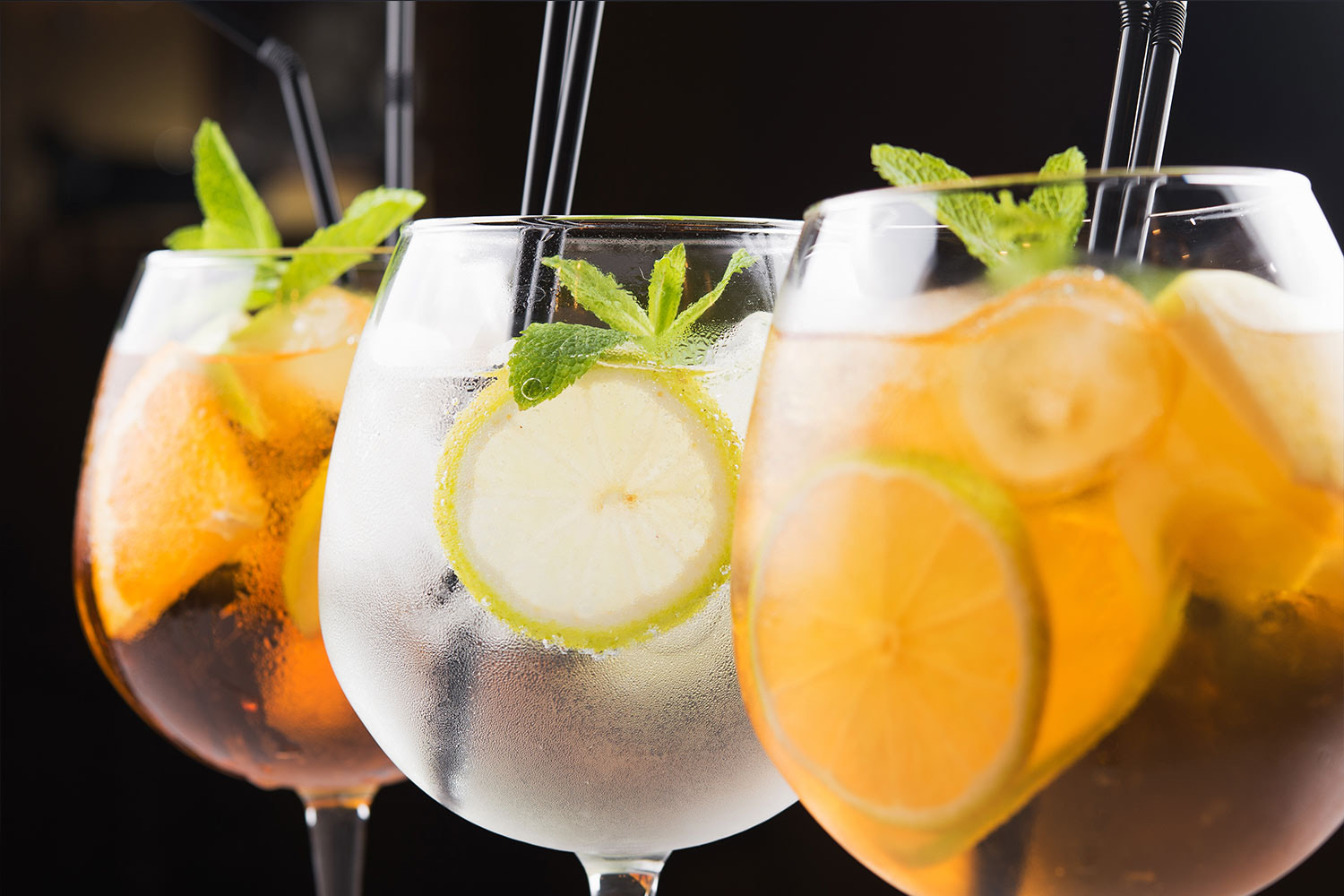The Different Gin Styles
London Dry
London Dry Gin can be produced anywhere in the world, not just in London.
It is dry, light-bodied and pungent, representing what most people think of when gin comes to mind.
Perfect in:
- G&T
- Aviation
- Dry Martini
New Western
An umbrella term for a new wave of gins, otherwise known as New American or International Style.
These gins commonly have low levels of juniper and a wider, more unusual range of botanicals; many are made by smaller distillers who attempt to add their own unique stamp.
Perfect in:
A range of cocktails depending on flavour profile/botanicals.
Plymouth
Less dry than London Dry Gin and more earthy in flavour, Plymouth Gin can only be produced in Plymouth using the water from springs in Dartmoor.
Perfect in:
- Dry Martini
Old Tom
A sweet gin popular in the 18th and 19th centuries; in flavour profile, it sits between Genever & London Dry.
Due to the rising craft cocktail movement, it is seeing a surge in popularity.
Perfect in:
- Tom Collins
- Martinez
- Ramos Gin Fizz
Flavoured
Classified as fruit liqueurs, these are made by adding fresh fruit, most commonly berries or fruit essence.
Increasingly made commercially there is, however, a great British tradition of domestic production using foraged fruits.
Perfect in:
- Bitter Lemon
- Sloe Gin Fizz
- Negroni
Genever
Traditional of the Netherlands; Genever, or Holland gin, is the original juniper spirit and forerunner of today’s gin.
Made from a malt grain base resulting in some whisky characteristics. Available in two styles “jonge” [young] and “oude” [old] which relates to the production method as opposed to the age.
Darker in colour, with complex layers of flavour, Genever gin is produced using malted barley and often cask-aged. It is more similar to whisky with the juniper notes harder to pick out.
Perfect in:
- Jonge Gin Fix
- Oude Neat
- Oude Old Fashioned








